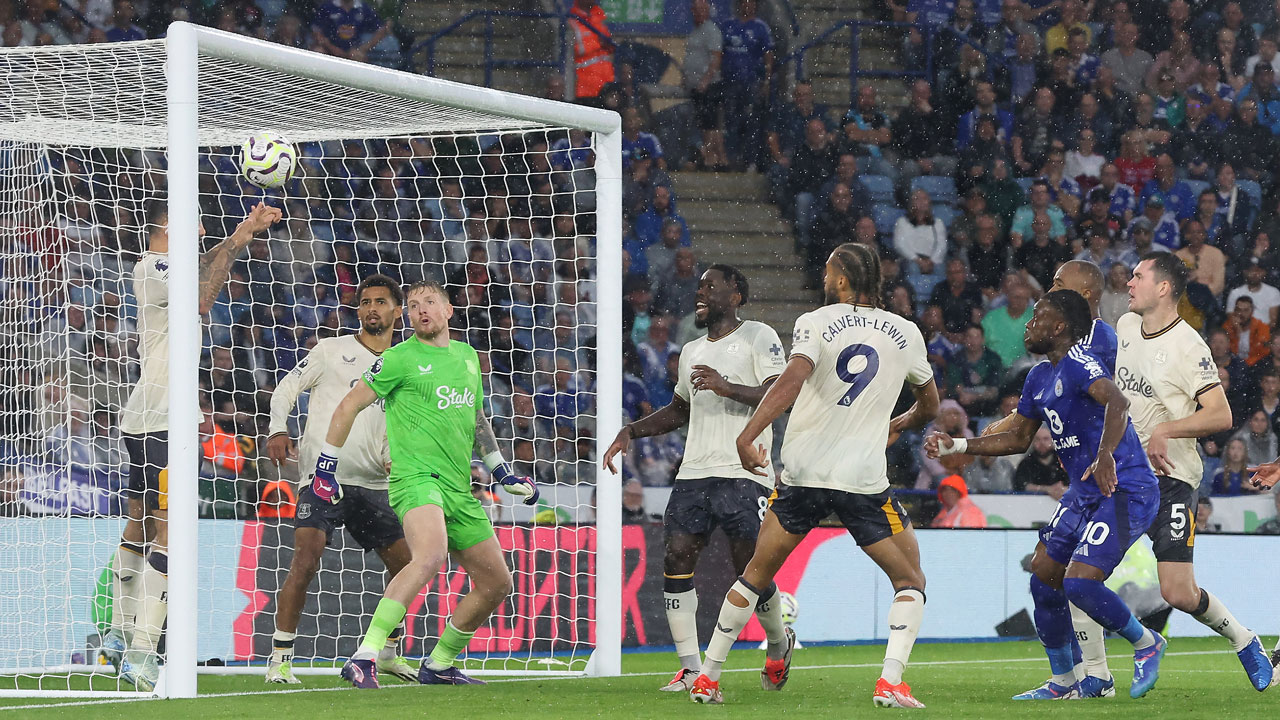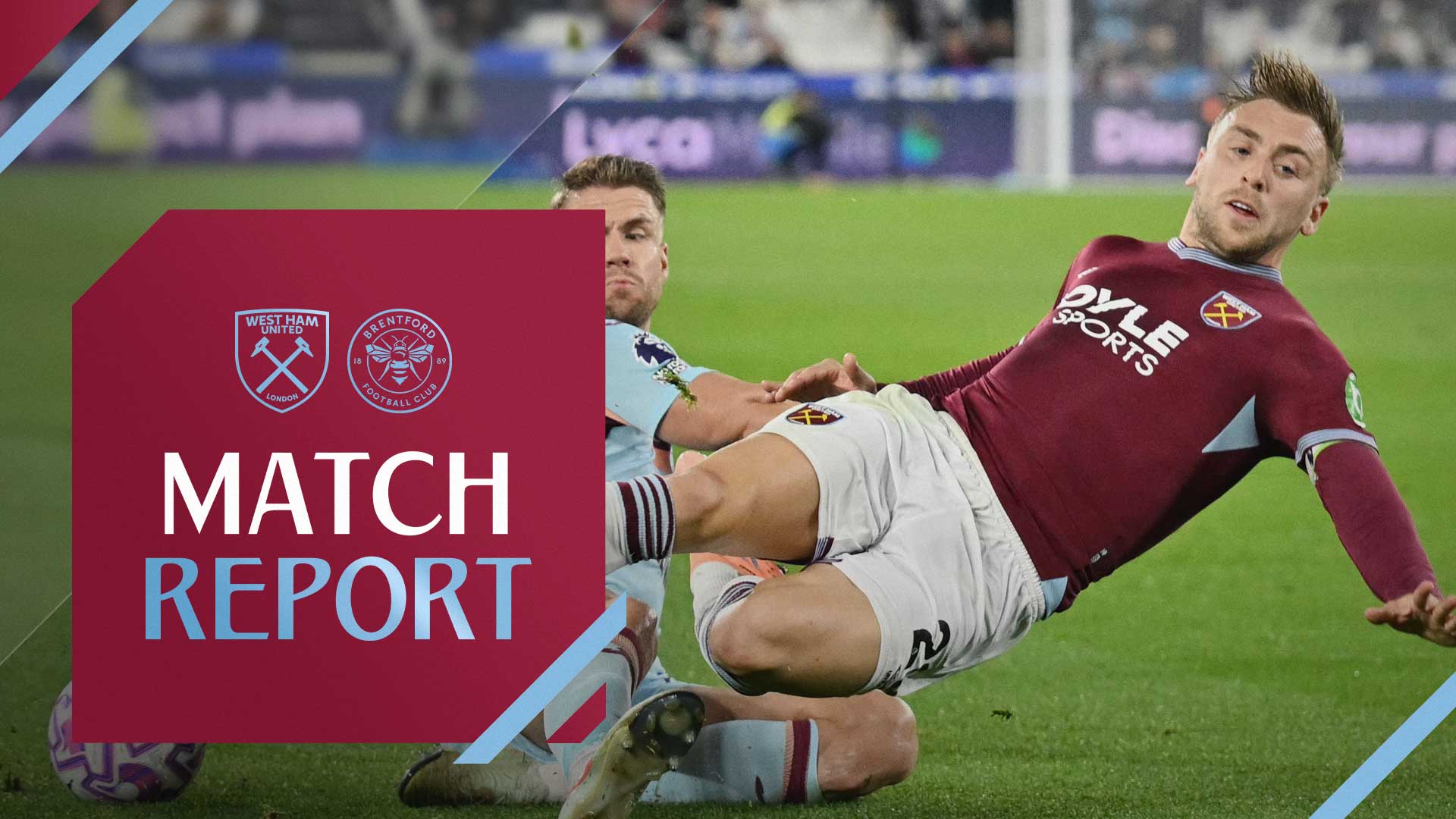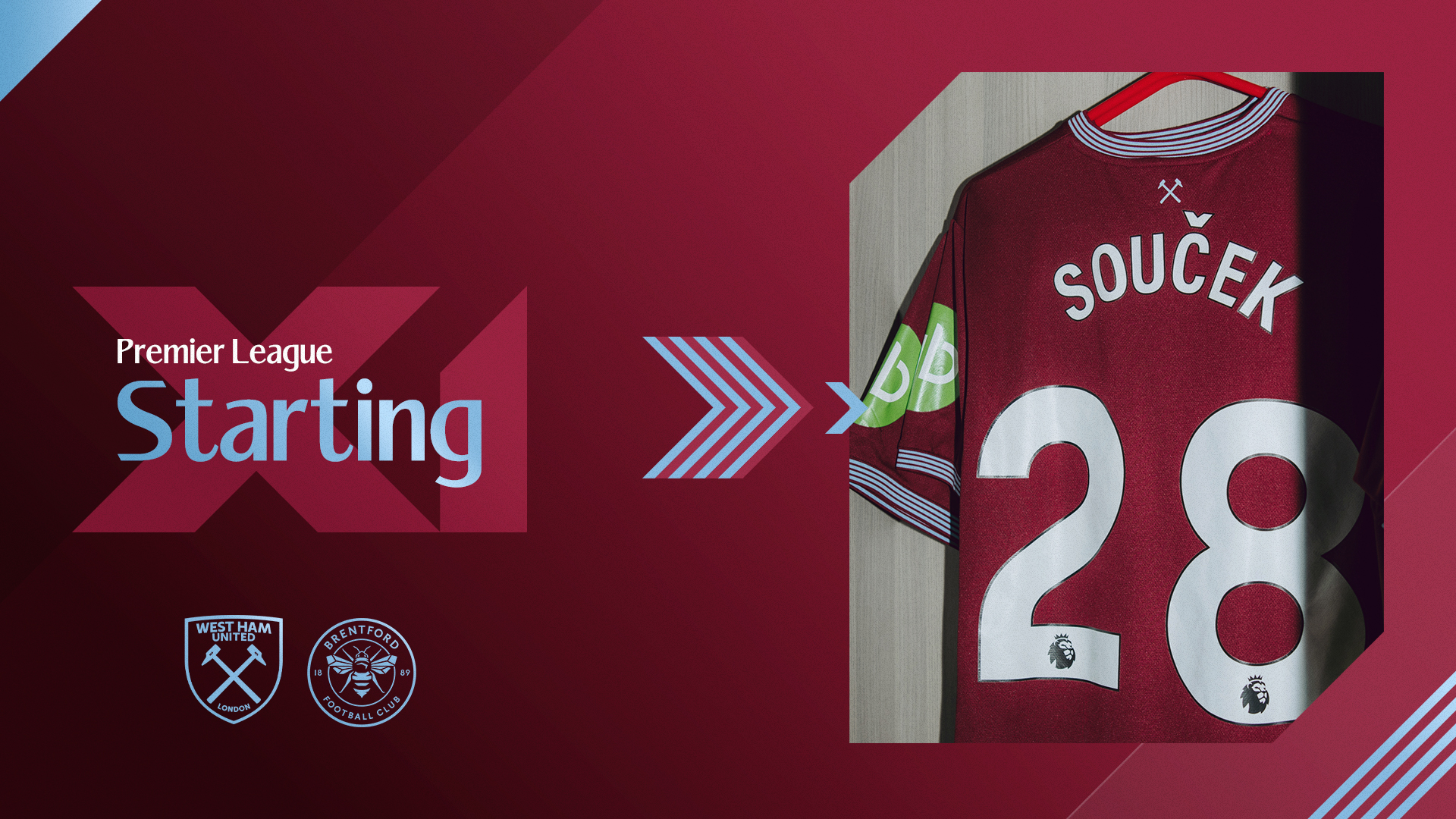Formed by Hammers supporters Jack Elderton and Callum Goodall to offer their fellow fans in-depth but accessible analysis of their team and its players, Analytics United use performance analysis and data to examine how the Blues’ visit to London Stadium could play out...
Everton had a rocky start to this Premier League season, with heavy defeats against Brighton and Spurs followed by back-to-back second-half collapses, leading to 3-2 losses against Bournemouth and Aston Villa.
The loss to Bournemouth was particularly galling as the Cherries scored all three of their goals from the 87th minute onwards. At that point, there was a familiar, growing sense that this could be the season Everton’s luck finally ran out.
Since then, Sean Dyche has done an effective job of restoring calm, guiding his side steadily up the table. This improvement has been fueled in large parts by a rejuvenated Dwight McNeil, and the exciting addition of Senegalese international, Iliman Ndiaye, until a 1-0 defeat to Southampton last weekend ended their five-match unbeaten run. After ten games, Everton now sit four points clear of the relegation zone.
The Toffees will be eager to increase the gap between themselves and the league’s biggest strugglers, viewing their next two games – with Brentford at home following their visit to the London Stadium – as an opportunity to finally move away from the perennial crisis conditions brought about by hovering just above the bottom three. However, Julen Lopetegui’s side will be determined to prevent that outcome, and this fixture might present one of the best opportunities for the Basque manager’s more possession-focused ideas to take shape this season.

Under Dyche, Everton are often comfortable ceding possession and territory, operating in a 4-4-2 mid-block without the ball – a shape they spend a lot of time in, given league-low average possession share of just 38.4%. Typically, this means that we see McNeil and Dominic Calvert-Lewin spearheading the press, with a focus on blocking central passing options and steering the ball wide, rather than aggressively pushing to regain possession. Once play has been forced out wide, the ball-side winger, full-back, central midfielder, and centre-back work together in a small group to close down the opposition and contain the play.
This out of possession approach of directing play wide, rather than winning the ball back high, is represented in Everton’s PPDA (Passes per Defensive Action) figures, where Dyche’s side again rank lowest in the division at 15.12 – allowing the opposition a high number of passes in their own half before a defensive intervention.
This approach helps Everton prevent the ball from arriving in dangerous central areas around the edge of the box while naturally encouraging opponents to cross more frequently from those wider positions. This tactic plays directly into Everton's hands, with strong aerial defenders like James Tarkowski (71.1% aerial duel success), Michael Keane (60%), and Jarrod Branthwaite (68.6% in 2023/24) well-equipped to handle these situations in the box.
With players like Idrissa Gueye, Abdoulaye Doucouré, Orel Mangala, James Garner, and Tim Iroegbunam patrolling the midfield, Dyche’s side can also be confident about their chances of winning second-ball duels.

What is somewhat surprising about Everton’s approach, however, is their lack of complementary pace and directness on the break. Thinking back to David Moyes’ implementation of similar ideas at West Ham, or even Nottingham Forest over the last year under Nuno Espirito Santo, we typically see this defensive approach married up with real aggression and quality on counter-attacks, capitalising on the spaces left in behind the opposition defence. Instead, Everton appear more focused on creating goal-scoring opportunities by whipping dangerous balls into the box themselves, more often than not from McNeil. Although Calvert-Lewin is a solid target for these deliveries, his finishing has been inconsistent of late; he currently sits in the bottom ten so far this season for non-penalty expected goals (npxG) underperformance (-1.5).
When working out how to create chances against Sean Dyche’s side, three areas of weakness immediately stand out. 1: Susceptibility to back-post crosses, with none of Everton’s full-backs managing to win more than 50% of their aerial duels so far this season. 2: Inconsistency when defending set-pieces; Spurs, Leicester, Crystal Palace, and Southampton have all scored from dead-ball situations against Everton already this season, a dangerous weakness to have for a side conceding so many wide attacks. 3: Vulnerability to carries and take-ons from defenders; their reliance on numerical superiority in the wide areas can be exploited when defenders are able to surge beyond the front two or beat one of the wide players with a dribble, something particularly promising against McNeil and Jack Harrison, who have success rates of just 44.4% and 38.5% respectively when defending take-ons.
Lopetegui’s commitment to creating overloads in the wide areas by pushing both full-backs high in hopes of creating crossing and cutback situations in the final third could make this an interesting match-up. With excellent dribblers from deep in Todibo, Kilman, Mavropanos, Emerson and Wan-Bissaka, West Ham could see success if their full-backs are able to consistently supply quality balls into the box, perhaps picking out the back post a little more than usual. If they can leverage these crossing opportunities effectively, West Ham may be well-positioned to pick up an important three points after a disappointing result last weekend.
*The views and opinions expressed in this article are those of Analytics United and do not necessarily reflect the views opinions of West Ham United.





